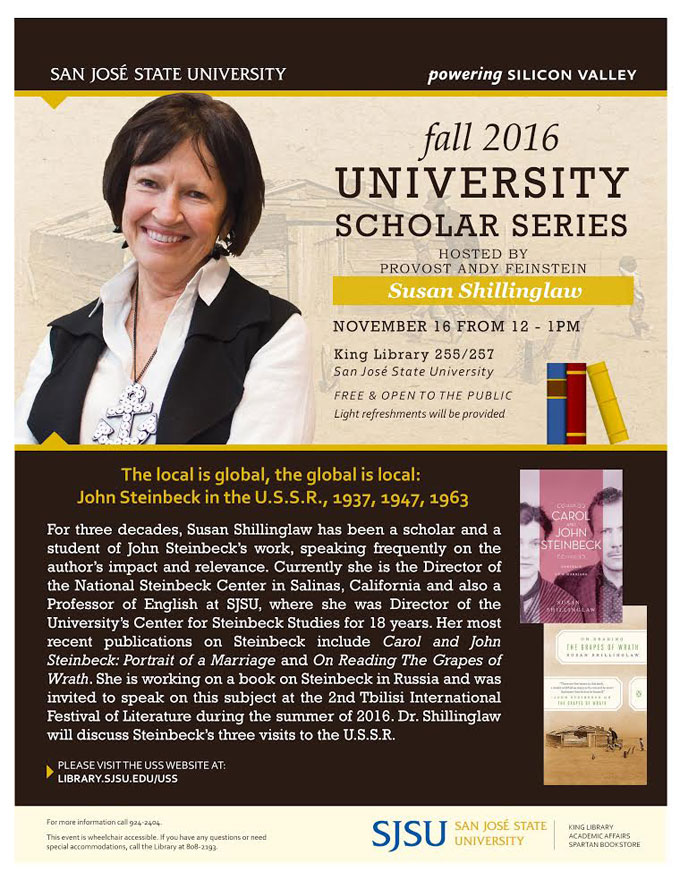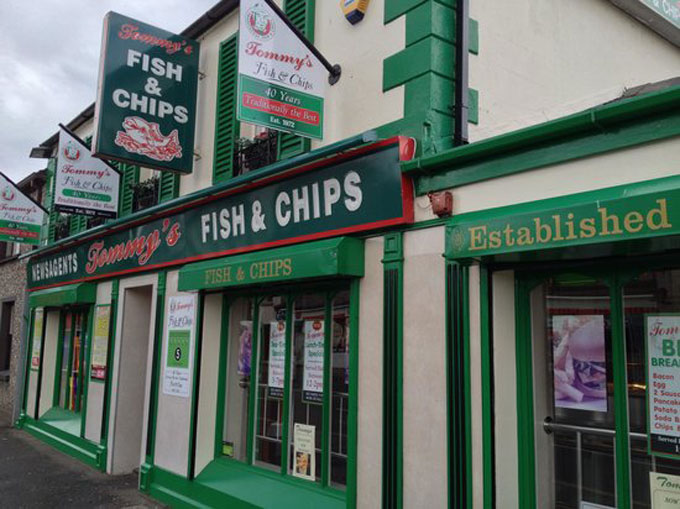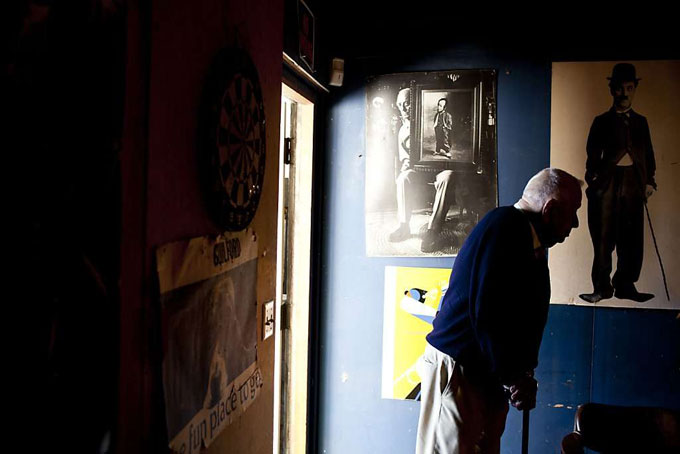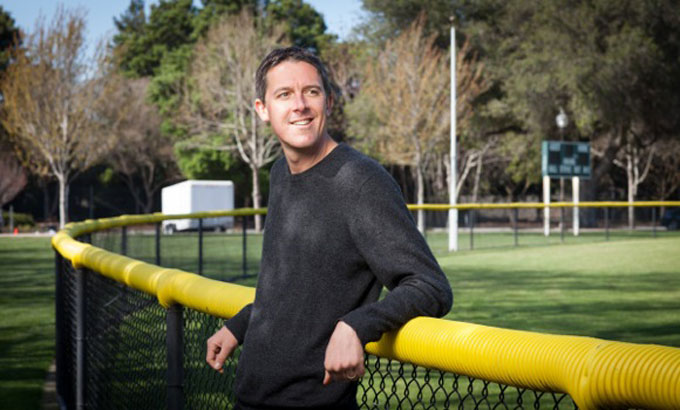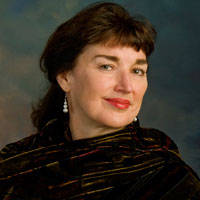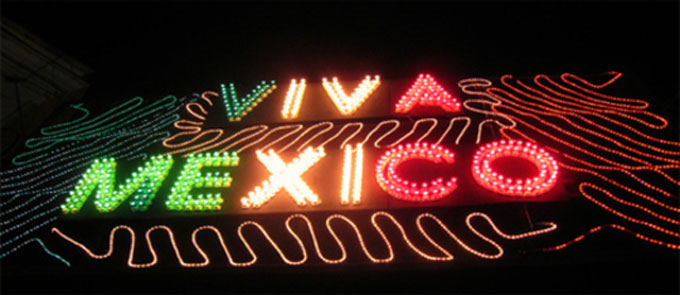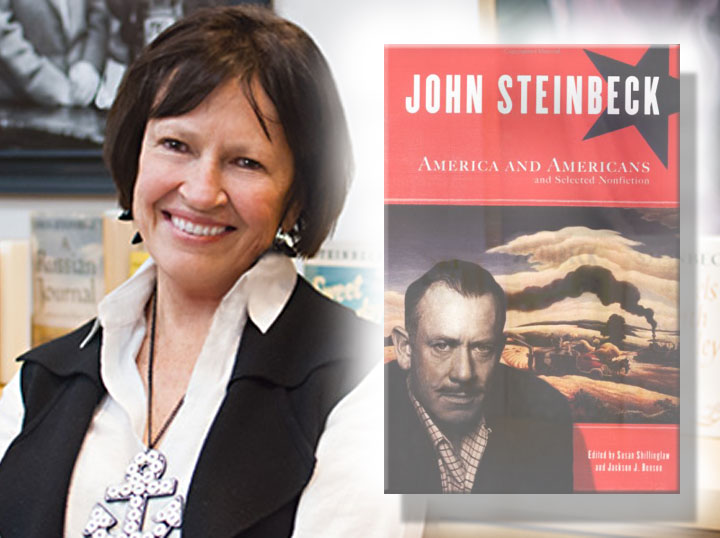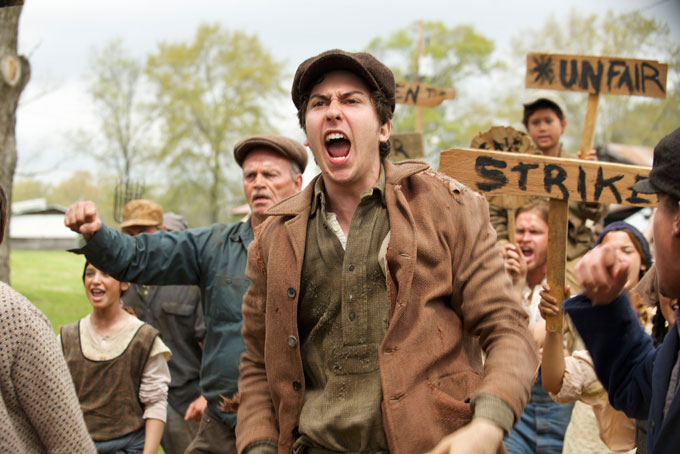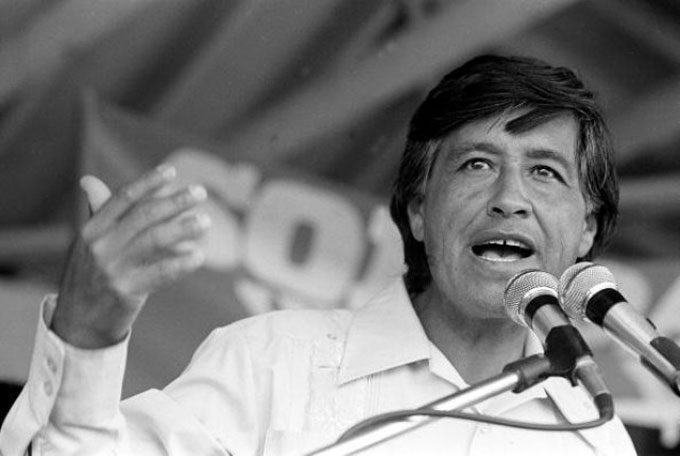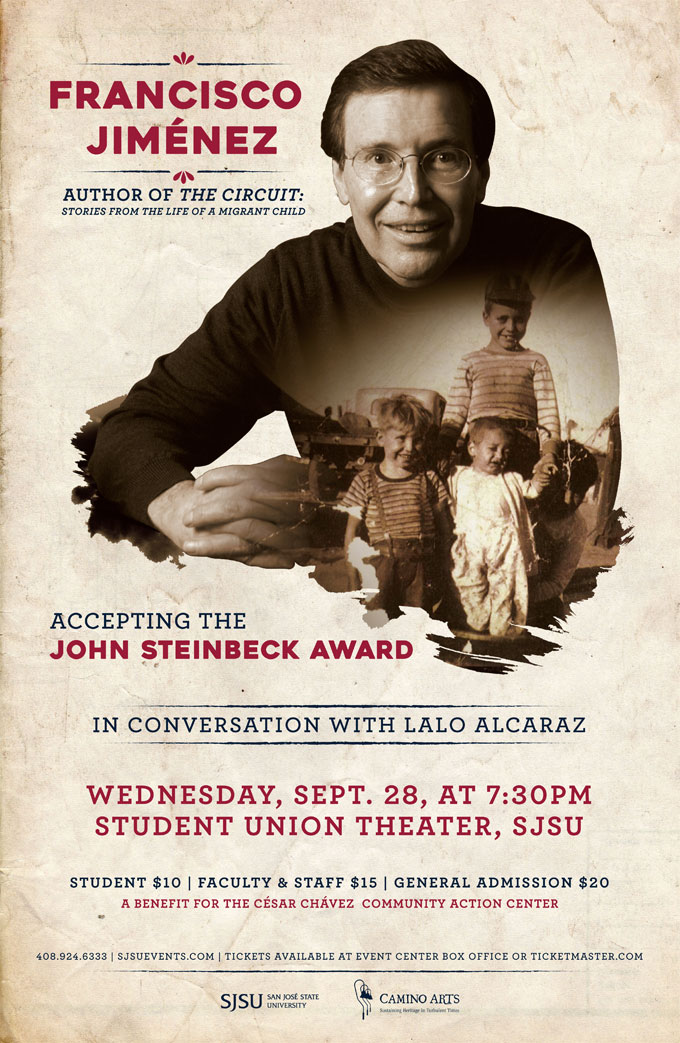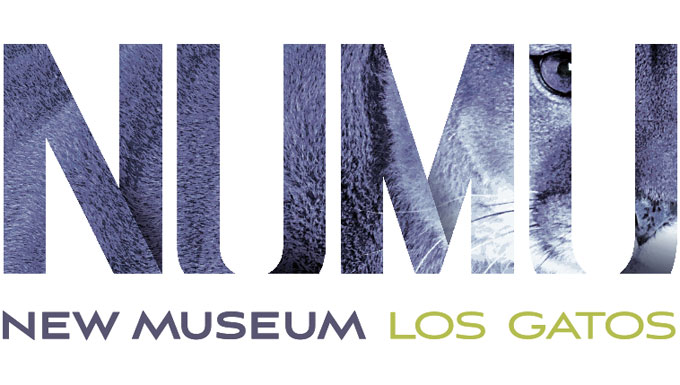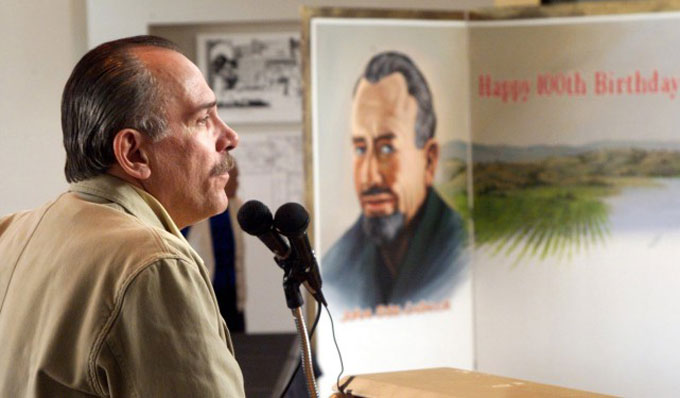Concerns about the future of U.S.-Russian relations under President-Elect Donald Trump have led students of John Steinbeck to reconsider Steinbeck’s views on Russia, and his writing on U.S.-Russian relations, during the presidencies of Franklin Roosevelt, Harry Truman, and John Kennedy. Silicon Valley fans will have a chance this week to learn much more about this timely topic from Susan Shillinglaw, Professor of English at San Jose State University and a leading expert on John Steinbeck’s life and writing, when she gives a one-hour presentation on John Steinbeck and Russia as part of the school’s fall 2016 Scholar Series. Shillinglaw, who is known for her pioneering research and engaging style, is writing a book on the subject and gave a version of the talk in Tbisili, Georgia (part of the former Soviet Union) earlier this year. Her San Jose State University address will take place in Room 255 of the Martin Luther King, Jr. Library in downtown San Jose beginning at 12:00 noon on Wednesday, November 16, 2016. The event is free and open to the public.
 “Finding Solace in Steinbeck During the Time of Trump” is worth reading in the aftermath of the November 8 election. Posted on November 11 by Stephen Cooper, a public defender and social progressive, it employs quotations from Susan Shillinglaw’s introduction to the Penguin edition of The Grapes of Wrath, as well as the introduction to Working Days: The Journals of The Grapes of Wrath by Robert DeMott, to explore Steinbeck’s relevance to Trump.–Ed.
“Finding Solace in Steinbeck During the Time of Trump” is worth reading in the aftermath of the November 8 election. Posted on November 11 by Stephen Cooper, a public defender and social progressive, it employs quotations from Susan Shillinglaw’s introduction to the Penguin edition of The Grapes of Wrath, as well as the introduction to Working Days: The Journals of The Grapes of Wrath by Robert DeMott, to explore Steinbeck’s relevance to Trump.–Ed.
